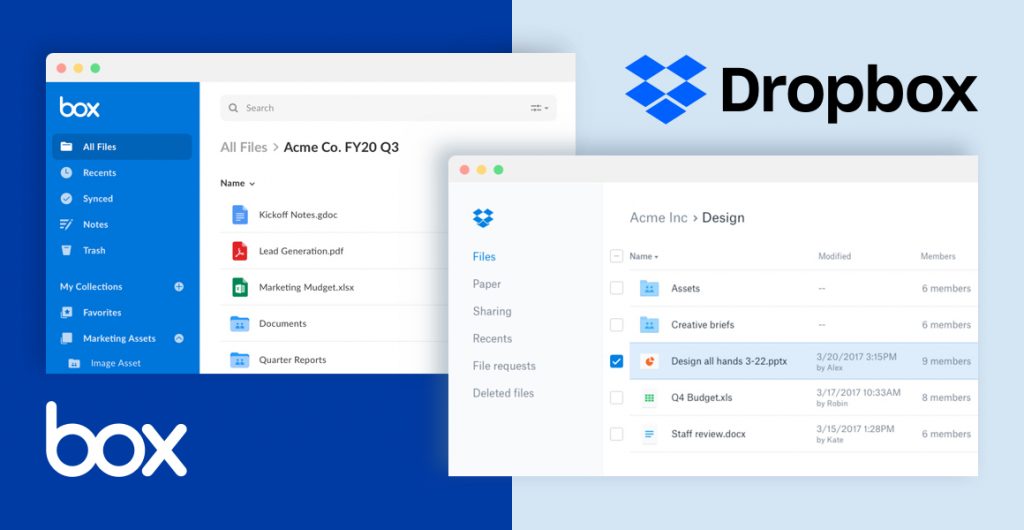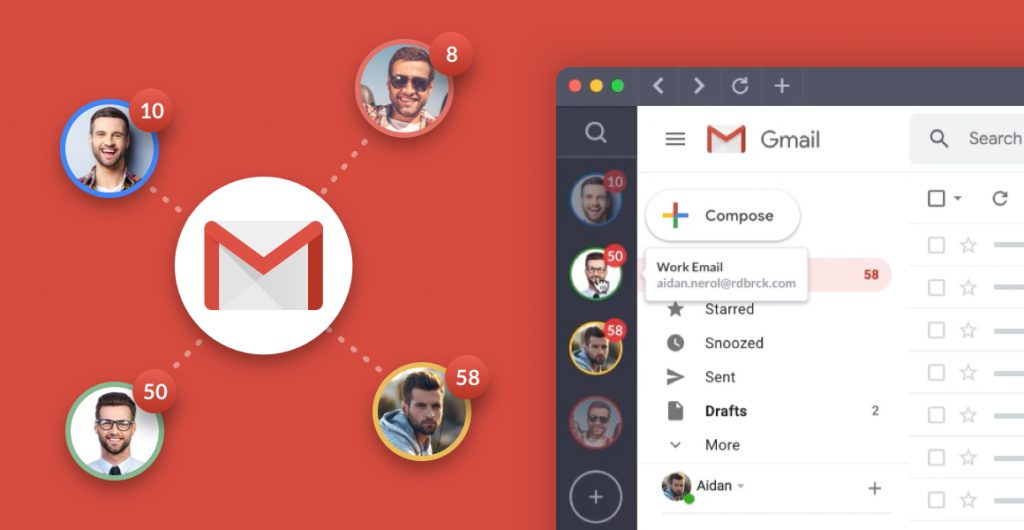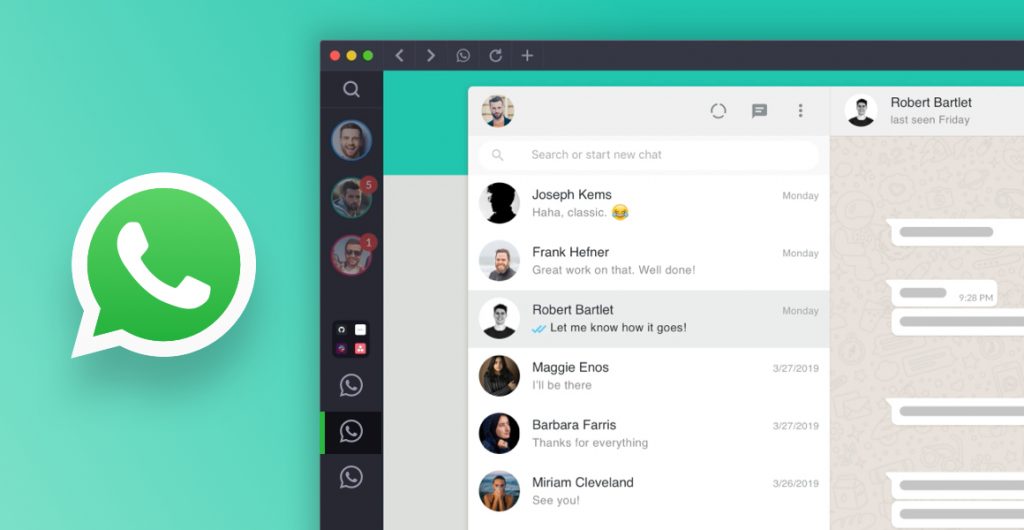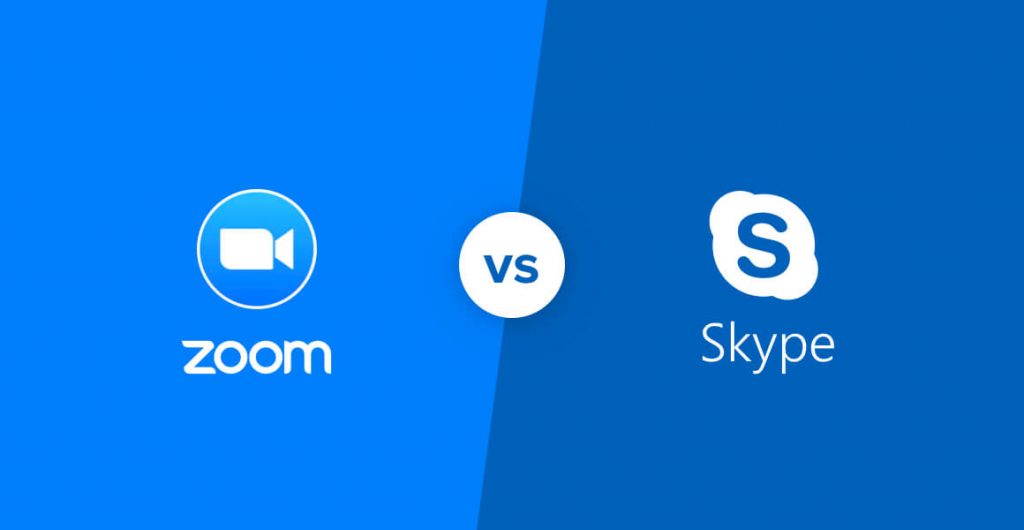Freelancing has been on the rise in recent years, but the pandemic may have accelerated things. In fact, a study from Upwork found that 47 percent of hiring managers are more likely to hire freelancers than they were before COVID-19.
As a freelancer, that puts you in an enviable position. Your skills are likely to be in higher demand, regardless of your specialty. But it also means you need to set your business up to run like a business. That includes having the right tools in place to serve your client base. From billing to communication to getting work done, your computer and mobile device should be well stocked with useful tools.
The good news is, there are plenty of apps in every category. The bad news? Sorting through all of them to find the right one can be time-consuming. As a business owner, you don’t have time to research for hours.
That’s where we can help. We’ve put together a handy list of the best tools to help you with every aspect of your freelance work. We’ve even grouped them by category to get you started.
Training and Education
As a freelancer, you’ll need to be ready to tout your credentials at a moment’s notice. A lucrative referral could come in from a past client, requiring you to get on the phone or forward your resume and portfolio.
As with many salaried professions, freelancers will need to regularly invest in continuing education to remain competitive. Having a special certification or knowing a particular type of software can give you an edge when clients are trying to choose the right freelancer for a project. You may even find that your training allows you to quote higher rates.
But one of the biggest benefits you’ll get from continuing education is that it will help you grow in your specialty. You’ll be able to stay informed on the latest trends impacting professionals in your field, and those benefits will shine through in your work. Here are some great training and education resources to consider.
1. FreelanceU
With more than 80 courses, some providing certifications, you can find a learning option to help you meet your goals at FreelanceU. There are eight core tracks geared specifically toward helping freelancers sharpen their skills: social media, digital marketing, digital media and events, content creation and management, business management, technology management, graphic design, and web development.
One standout feature of FreelanceU is the access you’ll get to mentors who can help you grow your business. Members can also be listed in a directory that clients use to find talented, trained specialists. You can get an annual subscription for $497 or pay $49 per month.
2. Coursera
Coursera connects you with universities and companies offering courses, certificates, and degrees. There are hundreds of courses available for free on the platform. You can even get a degree from an accredited university through the site. Courses are available across a wide range of specialties, from technology to healthcare to marketing.
You can join Coursera for free, but to achieve a certificate, you’ll need to pay a fee. This varies by course. You can also join Coursera Plus, which gives you access to most of the programs in the Coursera catalog. Coursera Plus costs $399 a year.
Messaging and Communication
If you’re a freelancer, chances are you aren’t commuting to an office every day. That means you’ll rely heavily on communication tools to stay in touch with your clients. Email is, of course, a must-have. But you’ll also need to be able to talk on the phone and videoconference when requested.
In addition to being ready to video chat on request, keep in mind that you may have clients located on the other side of the world. A tool that makes it easy to chat via phone for free will be a big bonus. Here are some of our favorite messaging and communication tools.
1. Gmail
There’s one big reason to use the most popular email platform: it’s the most popular. Chances are, your clients are using Gmail, too, even if it doesn’t show in their email address. If you both have Google email accounts, you can share calendars if you choose, which can come in handy if you’re doing work as a virtual assistant.
But even if your clients don’t use Gmail, there are plenty of features that help make freelance life easier. You can set labels to sort your messages, “star” items that you need to take action on immediately, and even create templates for messages you send often. One of the best things about Gmail, though, is the add-ons. You can find extensions that will give you information about those who are emailing you or show you whether a client has opened your email yet.
Related Article: How to Manage Multiple Gmail Accounts
2. WhatsApp
As a freelancer, you don’t have to limit your client base to those who are located in the same country. But your calls, texts, and videoconferences can become expensive. WhatsApp installs directly on your phone to allow you to interact with international clients for free.
Since you’re running a business, you may want to download WhatsApp for Business, which is a free app geared specifically to small business owners. You can create a catalog and invite your customers to find you on WhatsApp, or wait for them to track you down in a search. You can set up autoresponses and organize your messages to ensure nothing falls through the cracks.
Related Article: How to Manage Multiple WhatsApp Accounts
3. Skype
As you work to build your client base, chances are you’ll be asked to do a Skype chat at some point. This can be done by video, audio, or text. It may help to go ahead and set up your account now so you’ll be ready when someone asks for your username.
With Skype, you can make and receive calls with people located across the globe, as long as you’re both using the app. With a subscription, you can make calls to landlines and cellphones.
Related Article: Zoom vs Skype
Productivity
As exhilarating as it can be to be your own boss, freelance life requires daily discipline. You’re responsible for making sure you hit your deadlines and respond to client messages in a timely manner.
The right productivity tools can be a big help. In addition to making to-do lists and keeping a calendar, you’ll also need tools that can motivate you, track your performance, or help you stay organized. The key is to build a suite of solutions that support the way you work. Here are some of our favorites.
1. Dropbox
Sending files back and forth is an essential part of work as a freelancer. But there’s a limit to how much you can send through email. Dropbox gives you a central location. Simply upload your files and share them with your clients. It’s also a great way for clients to share files with you. In fact, as with Skype, you’ll probably find at some point in your freelance career a client will ask for your Dropbox username.
The basic Dropbox plan is free and includes 2GB of storage and access from your Windows, iOS, or Android device. If you need more storage, you can upgrade to one of the paid plans, which start at $15 per user per month.
Related Article: Box vs Dropbox

2. Clockify
If you quote an hourly rate, you’ll need to keep up with your billing. Even fixed-rate freelancers may want to keep up with how much time they’re spending on their tasks. Clockify runs in the background, tracking your time and depositing the information into an easy-to-read spreadsheet. You can then organize it by project, mark it as billable, and more.
But the best thing about Clockify is that it’s completely free. There’s a paid version, but unless you hire a team, chances are you’ll never use it. The premium version costs $9.99 per month and includes the ability to hide time from users, lock timesheets, and conduct audits.
3. Remember the Milk
As a freelancer, you’ll likely be juggling multiple clients, deadlines, and projects at any given time. This is in addition to all the tasks you have going on outside of work. Remember the Milk is designed to help you keep track of that to-do list in a simple, fun interface. Simply add items as you think of them and assign priority, due date, and tags.
With Remember the Milk, you can also set up notifications. Alerts can come by email, text, or instant message. You can keep the functionality simple for free or upgrade to the paid plan for features like subtasks, file attachments, and themes. The premium plan is $39.99 per year.
4. Evernote
Another great way to keep up with all the thoughts speeding through your brain is Evernote. With the Evernote app, you can capture your thoughts wherever you are, then sync them up to the app on your desktop. It also integrates with all the most popular apps, including Gmail, Outlook Mail, and Salesforce.
The free version gives you up to two devices and 60MB of monthly uploads. If you plan to be an active user, though, you may want to consider the premium plan for $7.99 per month. That plan gives you a 10GB monthly limit and unlimited devices. You can add another 10GB of uploads a month with the business plan, which is $14.99.
5. MindMeister
Coming up with new ideas can be tough, but mind-mapping is a technique that can help. MindMeister automates the process, moving you from white boards and notepads to a tool that can even make brainstorming fun. Best of all, you don’t have to download anything. Simply log into the site and start mapping.
There is a catch, though. You’ll get only three mindmaps for free. After that, you’ll have to upgrade to the paid version, which is $4.99 per month. You’ll get unlimited mindmaps, file and image attachments, and the ability to print or export your maps to a PDF or image.
Finding Work
Lining up new work will likely be a large part of building and growing your freelance business. Even if you start off with a strong group of clients, chances are you’ll eventually lose one or two of them.
Luckily, there’s no shortage of online marketplaces to help you with that. Some of your best work may come from networking and referrals from past clients, but when you’re building your portfolio or filling in the gaps, these marketplaces can be a big help. Here are two worth checking out.
1. Upwork
Upwork connects freelancers across a variety of specialties with the clients needing their services. You’ll sign up, set up a portfolio, and start looking for work. When you see an opportunity that appeals to you, write a quick cover letter stating why you’re a good fit, and quote a rate you’ll be willing to take for the job. As you get experience on the platform, clients will start to reach out to invite you to bid on their jobs.
There’s no cost to join Upwork, but to bid on jobs, you’ll need to buy something called “connects.” Connects cost $0.15 each and are sold in bundles, starting with groups of 10. Upwork also takes a percentage of each payment. For the first $500 you make with a new client, you’ll pay 20 percent, but that reduces to 10 percent after you’ve passed that $500 milestone. Make $10,000 with a new client and from that point on, you’ll pay only 5 percent on any work you do for them.
2. Fiverr
Another option for landing work is Fiverr. With Fiverr, you post your portfolio and a price and buyers find you. Once your work is complete, your client will rate you and future potential clients will use that rating to determine whether to do business with you.
As with Upwork, there’s no charge to join Fiverr. Fiverr takes a flat 20 percent cut of all the money you make on the platform.
Billing and Accounting
Getting paid is an important part of running a successful business. As a freelancer, you’ll work with clients who have their own invoicing systems. Many others will require you to invoice using the method you like best. Either way, you’ll need a method for tracking where each invoice stands in the pipeline.
With the right billing and accounting solution, you can not only make sure you get paid, but easily track those payments. That will make things easier at tax time. Here are two accounting tools that work well for freelancers.
1. FreshBooks
There are plenty of invoicing tools for freelancers, but we like FreshBooks’ easy-to-use interface. Create an invoice, send it, and track your payments all in one place. At tax time, you can export reports that say exactly how much you were paid by each client. You can also set up late payment reminders that go out automatically when an invoice hasn’t been paid.
If you only have a few clients, you can sign up for FreshBooks Lite, which costs $148.50 a year. As your business grows, you can scale up to the larger plans, which include more clients and advanced features.
2. Paymo
If you work as part of a team, Paymo may be a better option. You can set schedules, manage projects, and even bill your client – all on the same platform. It also serves as a task management tool. Simply assign a task to a team member and keep your projects organized.
Paymo’s plans start at $9.95 per user per month and include time tracking and unlimited invoices.
Project Management
Keeping track of your projects is your most important task as a freelancer. All it takes is for one important assignment to fall through the cracks and, boom, you’ve lost a client.
There are some great tools that can help with that. In fact, you’ll probably find one or two of your clients ask you to join their task management system. But you don’t have to wait to be invited. Here are a couple of project management tools that can help you stay organized.
1. Trello
Based on the Kanban project management style, Trello organizes tasks into cards, which can then be assigned to team members as needed. Project managers can track progress by taking a look at the card.
The best thing about Trello is that it’s absolutely free. As a freelancer, you’ll likely never need the paid version, which is geared more toward teams. With the free version, you’ll get unlimited boards and up to 250 MB per team.
2. Asana
Like Trello, Asana is designed to help you manage your projects. But the setup is a little different. Projects are organized into lists, with all tasks easily visible to the person managing the project. It’s important to take a look at a variety of project management tasks to find the one that will motivate you.
Asana’s free version will give you everything you need to manage your freelance projects. As with Trello, the paid version is something you likely won’t need unless you’re someday managing a team.
Managing it All in Shift
As a freelancer, you’ll soon find your desktop is covered in app icons. You can save time and keep everything in one place with Shift. Shift integrates with many of the most popular apps and even will let you move between different accounts on the same app without having to log out. Check out Shift’s integrations to find more great apps that can help you take charge of your freelance business.




















 Share on Facebook
Share on Facebook Share on Twitter
Share on Twitter







